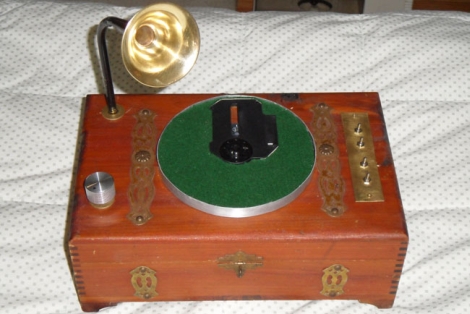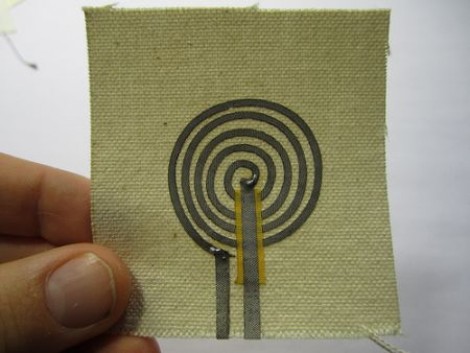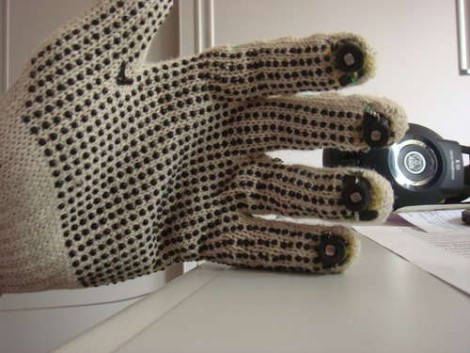
[Jozerworx] had always wanted to build a CD player that looked like an old-time Victrola Phonograph player, though he never seemed to be able to find the time to do it. With all of his other projects out of the way, he decided to finally get started on building his phonograph.
He went garage sale hunting and found the perfect base for his project – an old wooden box adorned with tarnished brass hardware. He started in on the project immediately, dismantling a cheap CD player and mounting the motor/laser assembly on the top of the box. The CD player internals were installed inside the wooden box, along with a small audio amplifier stripped from a portable iPod speaker.
A brass horn was fashioned out of an ornament, in order to complete the phonograph feel, but also to act as a passive amplifier. He then mounted a series of switches on the top of the box to allow him to control the CD player’s basic functions.
[Jozerworx] says that it sounds decent, though there are some things he would change. He plans on switching out the audio amplifier and possibly the speakers at some point in the future. He is also still keeping his eye out for a larger, and more effective horn.
















